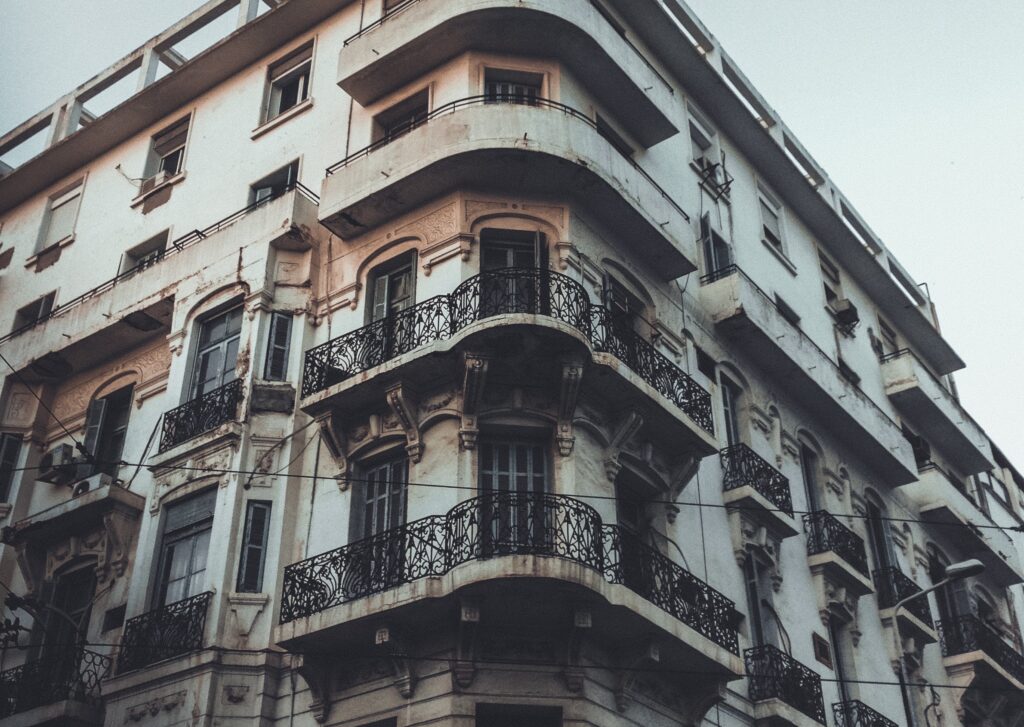Old Buildings Are Getting Second Skins To Help With Energy Costs
This article is more than 2 years old

With energy prices increasing weekly, living in an older building is becoming more expensive. To combat this issue in Europe, old houses are being retrofitted with second skins to increase their energy rating.
Unlike newer buildings, older or historical buildings have a lower energy rate and do not have the insulation or other new practices that make houses energy efficient. Due to this, living in older buildings is not only expensive for the tenants or owners, but it is also costly for the environment.
In Europe, heating and running houses account for over 40% of energy consumption and 36% of CO2 emissions. With climate change becoming a higher and higher priority for global companies and governments, reducing the energy used by their customers and citizens is a high priority. Global emissions must be reduced significantly to combat the earth’s continuous rise in temperature.
Construction of new homes will not help this issue as it is too expensive, so the older buildings are getting retrofitted with second skins to decrease the overall energy consumption.
Retrofitting involves producing prefabricated panels, with windows, heating, and plumbing, to fit over the existing building, providing more insulation and subsequently using less energy. The second skin paneling is made out of environmentally-friendly materials such as wood and cellulose. Also, changing the gas boilers for electric heat pumps will make the heating system more efficient.
The addition of a new roof with built-in solar panels will help each home become more eco-friendly. Sometimes solar panels can produce more energy than needed, turning these houses from energy-intensive to providing green energy for other homes.
These renovations are the cheaper alternative to making all homes energy efficient, and it works. An apartment block in Germany was renovated using these techniques and went from being energy inefficient to producing 20% more power than needed.
It is also a cheaper alternative as the construction of these homes needs 80% less on-site labor as most of the building is completed at the factory stage. Also, inhabitants of the homes being renovated have to leave their homes for 2-3 days, unlike traditional renovations, which can take several weeks.
Despite all these great reasons to use retrofitting to reduce carbon emissions and energy consumption vastly, only 1% of older buildings in Europe are actually renovated with second skins. Throughout Europe, over a quarter of buildings were constructed over fifty years ago, and of these buildings, three-quarters are energy efficient.
To push property developers and builders into looking at alternative ways of making homes more efficient, the European Commission has established stronger regulations on property’s energy performance. The least efficient buildings have to be renovated by 2030.
Having the option to renovate your older houses will be a lifeline for some people over the next few years as the global economic crisis continues. Along with economic volatility, the climate change crisis is coming to a critical stage, and massive improvements to the consumption of energy are being put in place. If the technology is there to improve people’s lives and the planet better, then why not utilize it?




